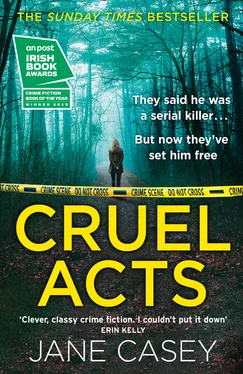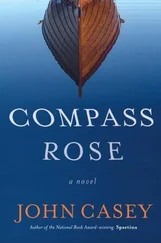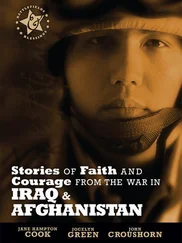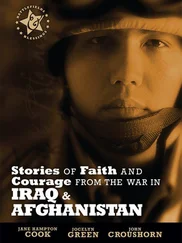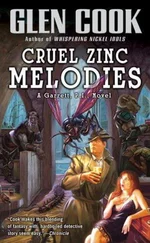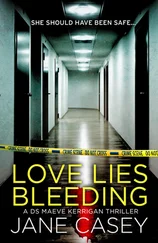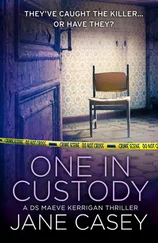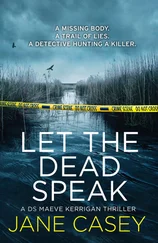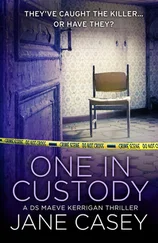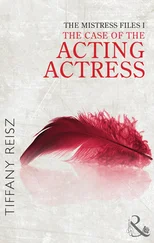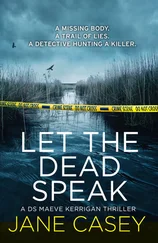‘I’ve pulled this together from the files and the evidence that was presented at trial. I’m going to explain all of this to you as I would explain it to a jury, so if I use too much jargon, feel free to stop me and ask any questions you might have. Also, some of this isn’t my speciality. If you really want the details on this, you need a forensic entomologist.’
‘You’ll do for now,’ Derwent said, and Dr Early ran the end of her pen along a series of photographs that filled the top left corner of Sara Grey’s noticeboard.
‘This is the body where it was discovered in the nature reserve. It was actually the second one that was located, I believe, but she died first so I’m going to start with her.’
The photographs were taken from every possible angle and all showed the same thing: the skeletonised remains of a human being who had been left to disintegrate on open ground. The grass was trampled in front of the body but it had grown up to a height of four or five feet around her, and through her. There was something almost beautiful about the grass, the tiny wildflowers, the leaves and the bones, especially in the close-up images where it was possible to forget that these were the mortal remains of pretty, shy Sara Grey, whose face smiled back at me from the centre of her board.
‘I went and had a look at the dump sites to see if there was anything I needed to know about the locations – if they were especially wet, for instance, that would affect what we found.’ She pointed to a large sheet of paper that stretched between the two boards. It was covered with inscrutable marks and shapes. ‘This is my best artwork, so be kind.’
‘It’s lovely,’ Derwent said kindly. ‘What is it?’
‘A map of the site.’ She sounded a touch defensive. ‘I know it’s hard to follow but it makes sense to me. Sara was dumped here. She wasn’t dressed or wrapped in anything and no attempt was made to cover her or Willa.’ Dr Early indicated a roughly oblong squiggle on the map. ‘This is a rectangular building around a hundred metres away from where the body was left. It’s a bird-watching hide, which is significant because pedestrians aren’t allowed in this area of grassland’ – her pen traced a triangle in front of the hide – ‘in case it disturbs ground-nesting birds. The path runs on the other side of the building, here. It’s this line of dots.’
‘How accessible is the area?’ I asked.
‘The car park isn’t far away at all – a couple of hundred metres the other side of those trees.’ The trees were a row of asterisks that ran behind the grassland where the body had lain. ‘This nature reserve doesn’t have a permanent guard in residence. There’s nothing to steal, for one thing. There are gates and fences, but it’s not what you’d call secure. They also issue permits for night visitors from time to time, so no one would think it was strange to see a car or a van in the car park outside the usual opening hours.’
‘Do they keep a register of visitors?’ I asked, and Dr Early looked surprised.
‘I didn’t ask.’
‘Never mind, you’re doing well,’ Derwent said with a glower in my direction. She wasn’t a police officer, after all; I couldn’t expect her to think like one. ‘Keep going.’
‘The site he picked was far enough from the hide that no one there would notice any smells or unusual insect activity in this area – from a hundred metres away, you might see a larger number of flies than you’d expect or even a larger number of scavenging birds and butterflies and moths than would be typical for this area, but you wouldn’t connect any of those things with a corpse unless you were looking for one which, of course, we always are so for us it would be obvious but for your average layperson none of that would ring a bell.’ She ground to a halt, a little out of breath.
‘Right,’ Derwent said. ‘Of course.’
‘And the other thing about picking a reserve where there’s birdwatching is that they don’t allow …’ She looked from me to Derwent expectantly. I got it first.
‘Dogs.’
‘Exactly. It was a brilliant place to choose. No dogs allowed, so no dogs sniffing out the bodies until long after nature had done a huge amount of work in removing the soft tissue, the muscle, the skin. All we really have to go on are the bones at that stage, and bones are extremely useful but they don’t tell you the full story. For instance, if she had soft-tissue injuries, we’re not going to know what they were. The soft tissue goes with the first wave of insect activity – the blowflies and the greenbottles and the flesh flies. Female blowflies can sniff out a dead body within minutes. They don’t have strong mouthparts so they can’t tunnel into the body. They lay their eggs anywhere that’s easily accessible – injuries, eyes, mouths, nostrils—’
‘I get the picture,’ Derwent said quickly.
‘Right, right. It’s all so clever, that’s all. Nature tidying up after itself. The insects help decomposition along, and they do it in a way that’s completely predictable, which is particularly helpful for us.’ She clicked her pen. ‘But I’m getting ahead of myself. I was talking about injuries and how we can’t prove what killed Sara Grey.’
‘What? Not at all?’ Derwent sounded disconcerted.
‘We can’t prove it. We can suggest certain things, and rule other things out. Like, for instance, there’s the fact that Dr Hanshaw didn’t find any broken bones when he examined her. We didn’t recover all the bones, but that’s not unusual in a case where a body has been left in the open. Being buried tends to hold things together a lot more.’
My eyes flicked to the images of Sara Grey’s skull pillowed in the grass. ‘Aren’t those skull fractures?’
Dr Early’s eyes gleamed. ‘I was hoping one of you would notice. Yes, look at this image of the head. You can see quite clearly that there has been significant damage to her skull.’
The head was tipped back, the neck at an awkward angle, the chin pointing to the sky. Leathery remnants of muscle and skin coated the bone in places but I could see missing teeth and a couple of wavy cracks that ran from the eye socket up towards the crown of the head.
‘Here’s a better image of the top of her head – see the way the fractures waver across the bone?’
We nodded.
‘That’s a sign that she was already dead when the injuries happened. A post-mortem fracture has these crumbly edges – it’s like snapping a biscuit in two. You won’t get a clean line. If you’re alive, the break will be straight because the bone has more give in it. Think of snapping a piece of chocolate. You get a straight edge.’
‘I’d rather not think about food in this context,’ Derwent said. ‘If you don’t mind.’
‘Really?’ Dr Early looked surprised. ‘I always think the biscuit and chocolate analogy works for juries. Everyone can visualise it.’
‘It’s very helpful,’ I said and she beamed.
‘The other thing is the colour of the break. See how it’s lighter than the rest of the bone? Definitely post-mortem. What I can’t tell you is how she acquired the injuries. It could have been accidental. Dead bodies are really hard to manipulate – dead weight is a bugger to move around, no matter how strong you are or how small the victim is. So he could have dropped her a few times or whacked her into a doorway without meaning to hurt her.’
‘When he was finished with her he didn’t care any more,’ I said, and something in my voice made Derwent turn to look at me with a raised eyebrow. Dr Early didn’t seem to notice.
‘Probably not. She became a problem. Something to be dumped, not cherished.’
‘Cherished is an odd word to use. He killed her,’ Derwent said.
Читать дальше
